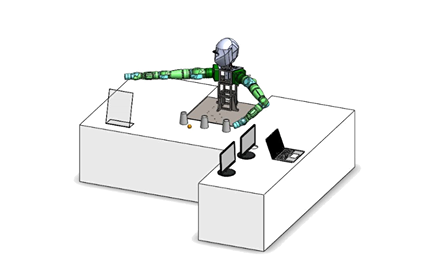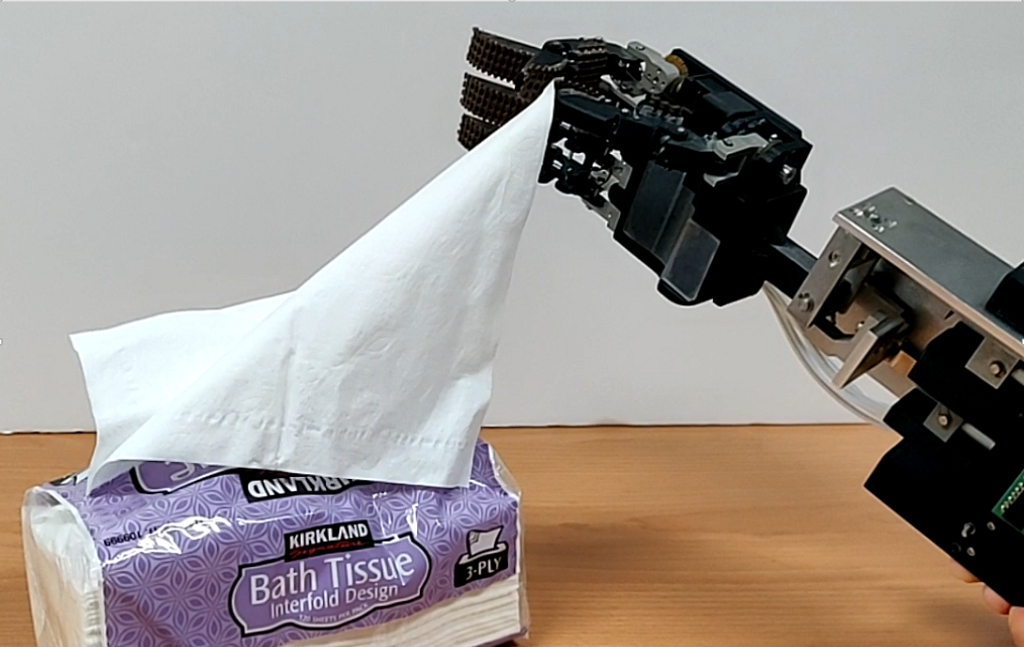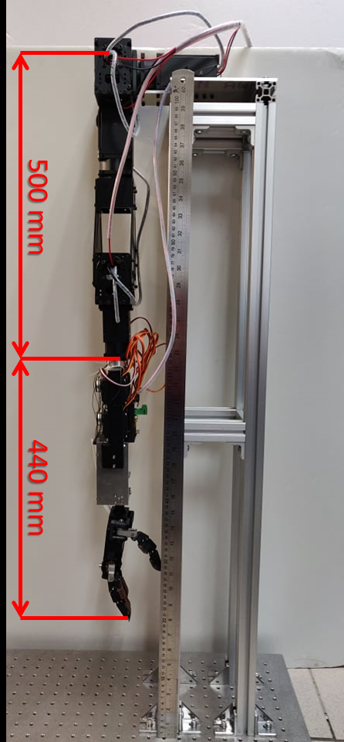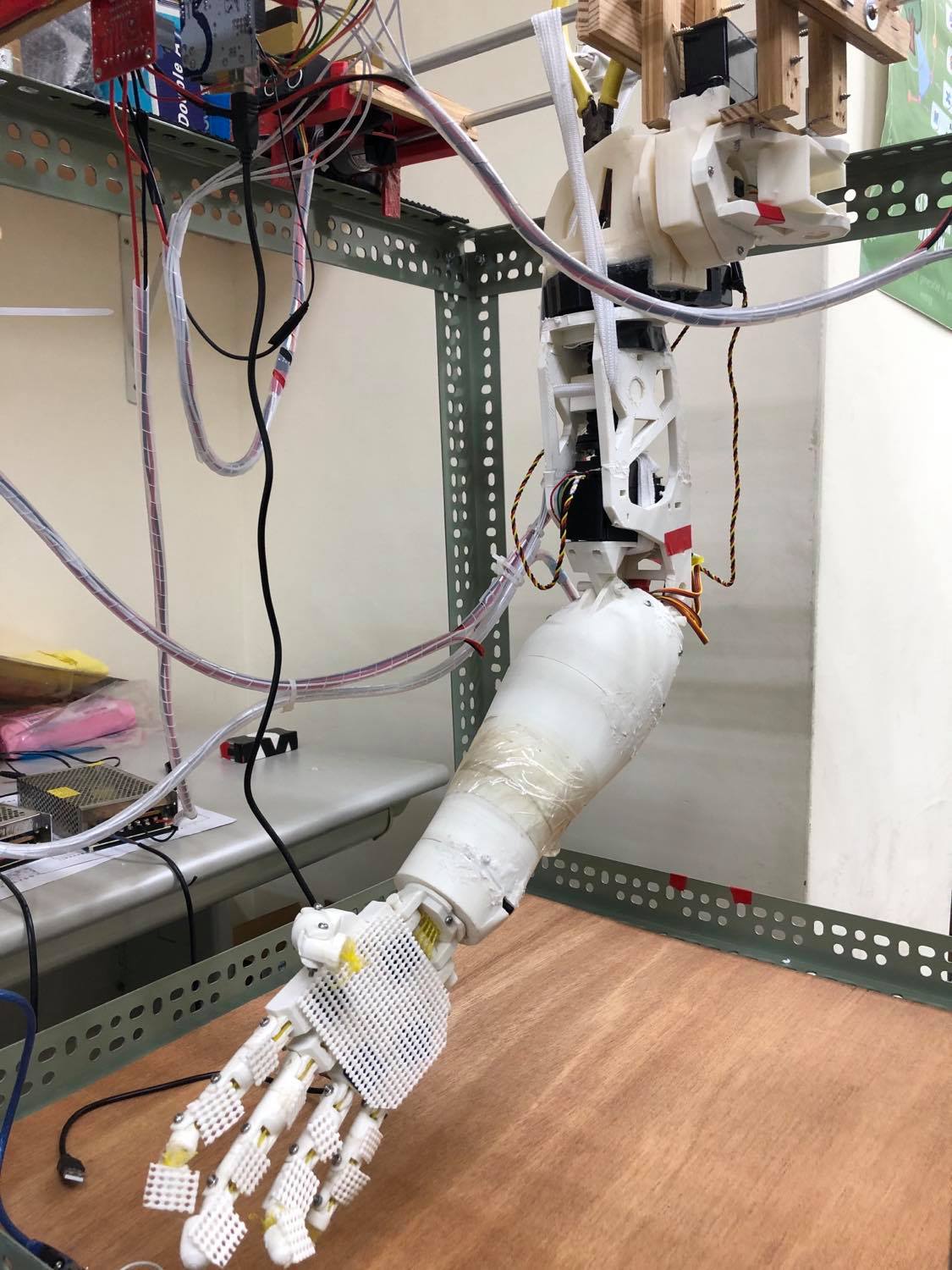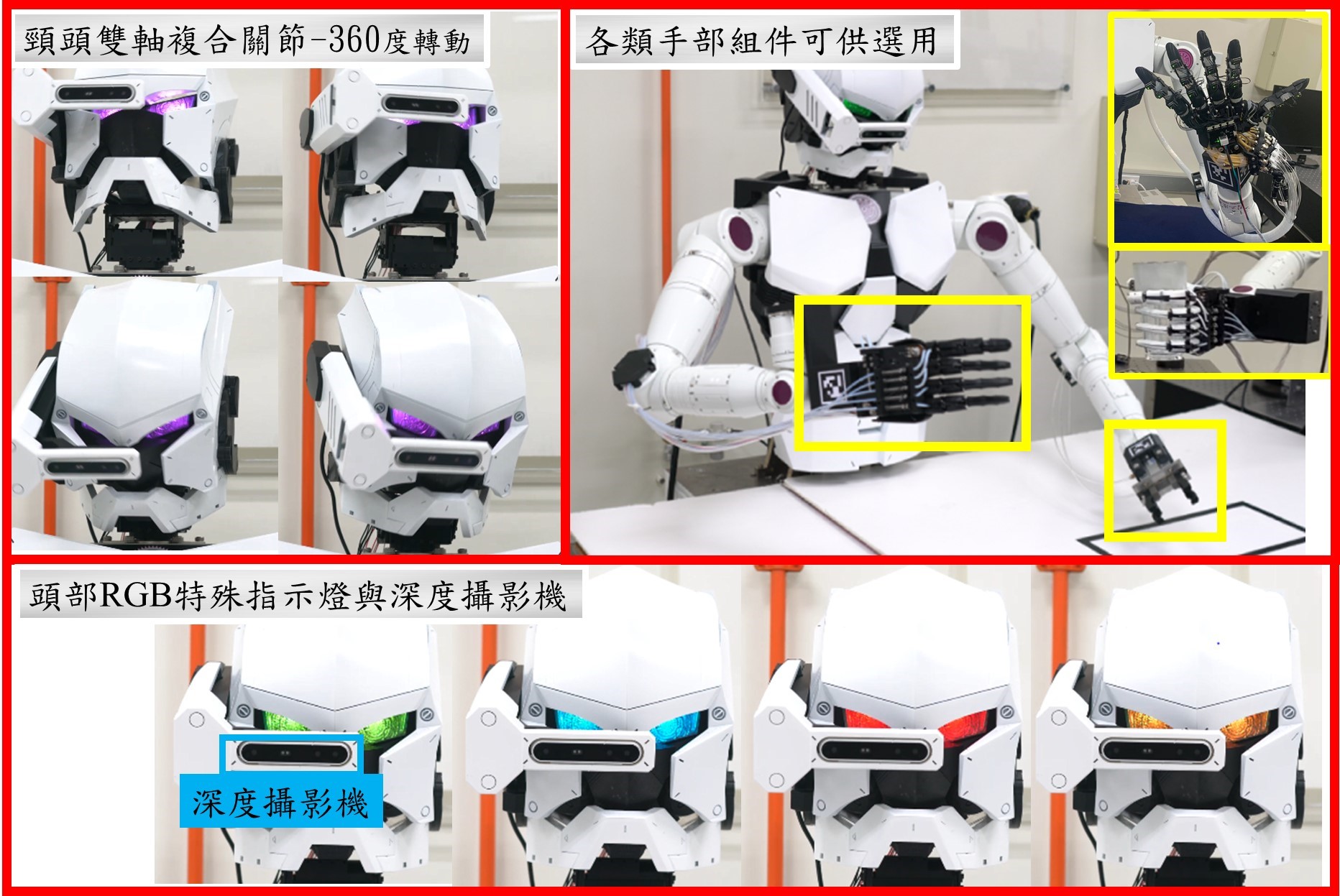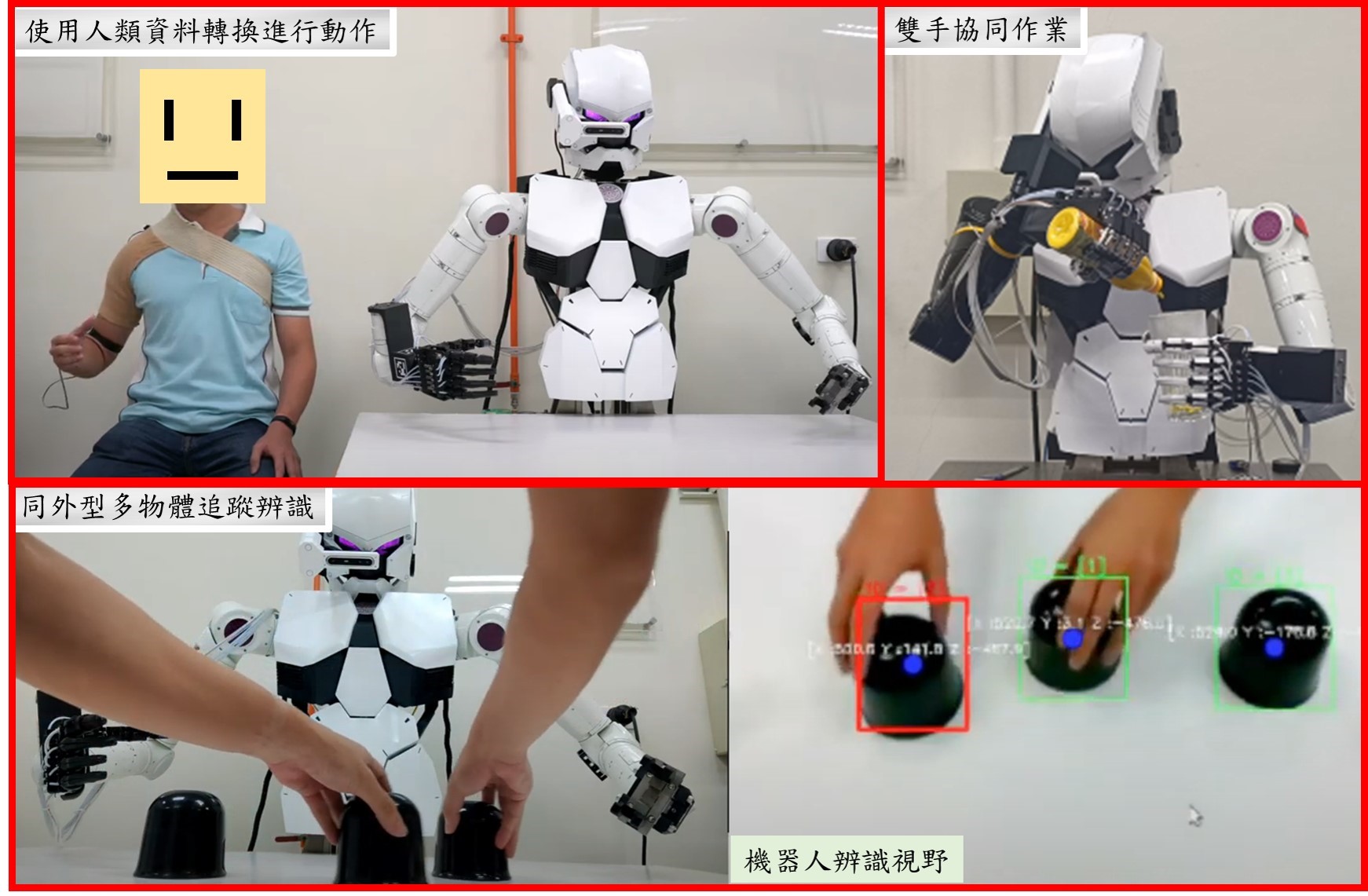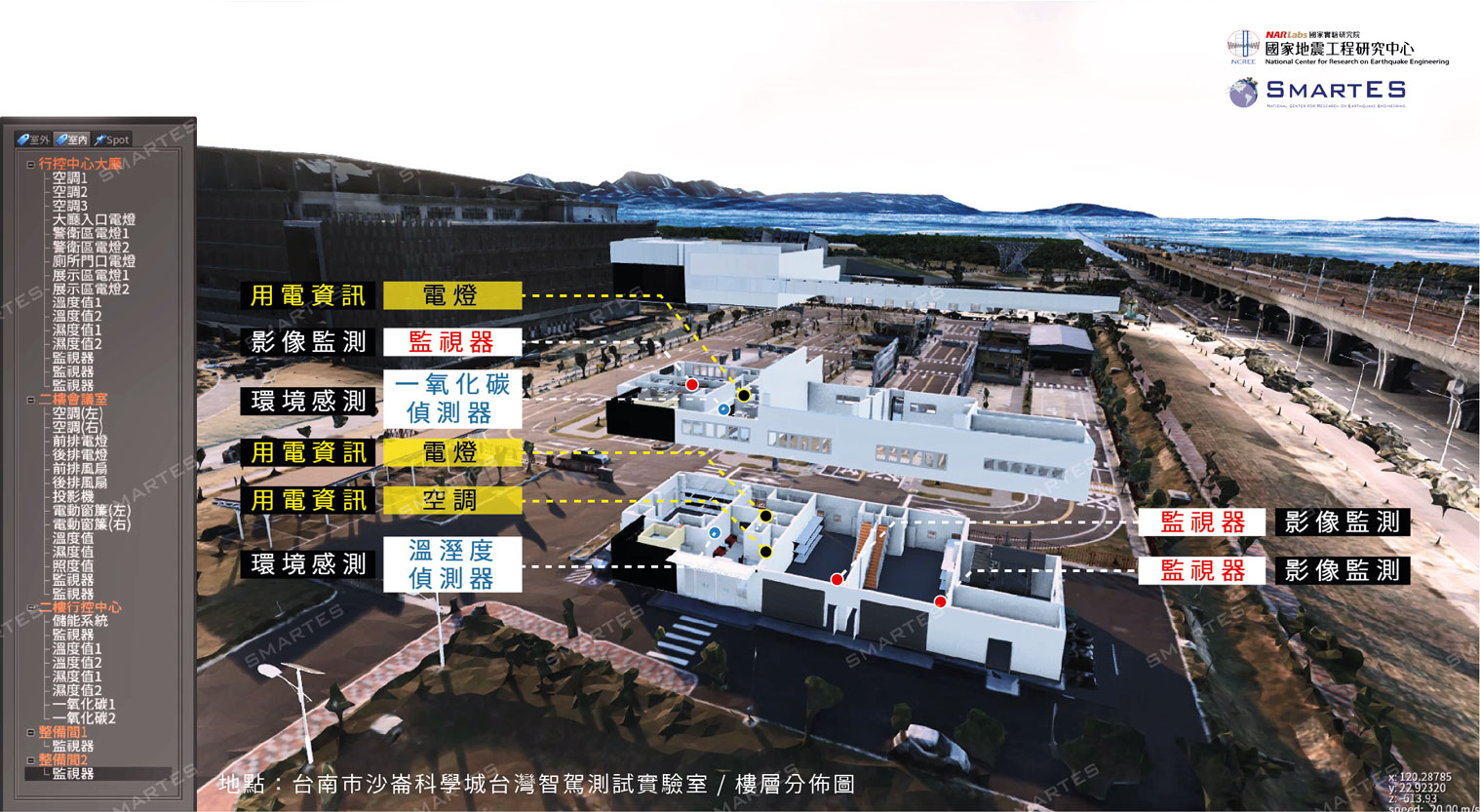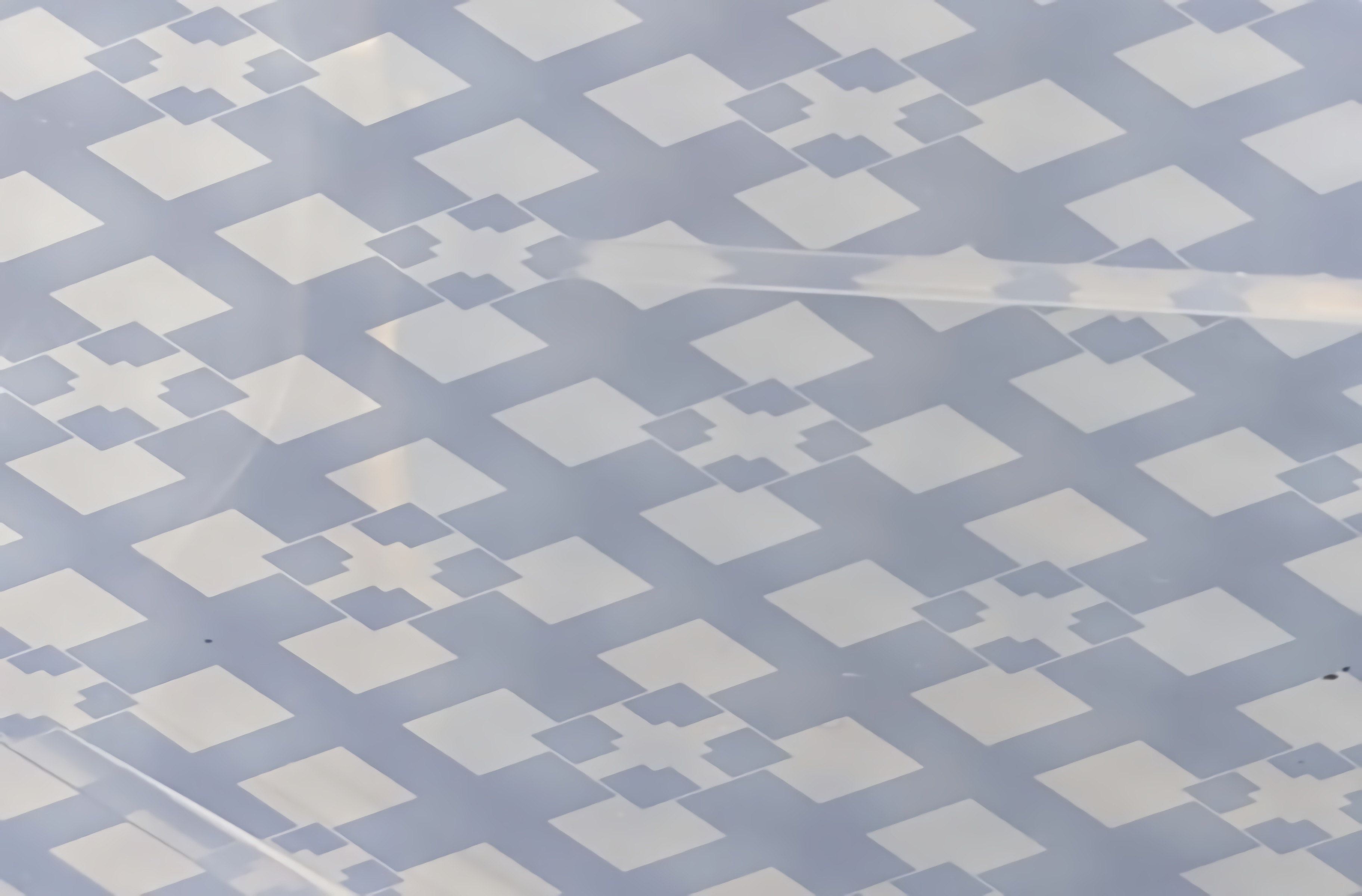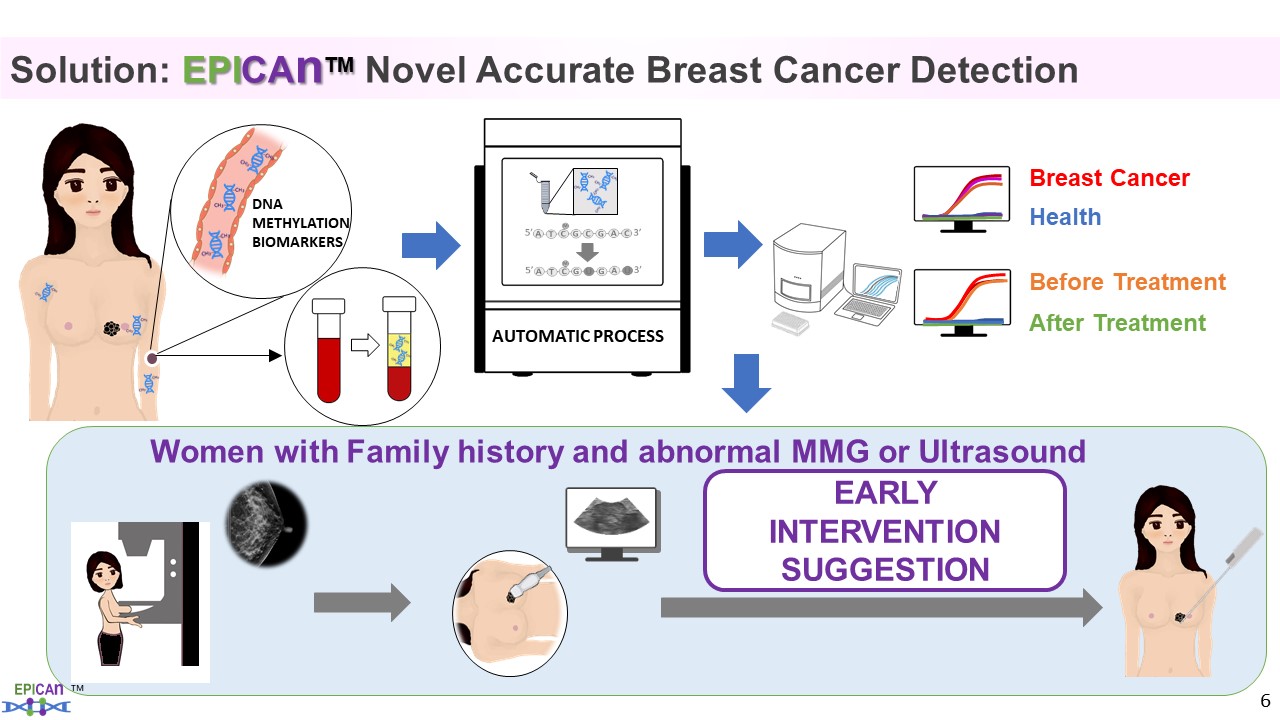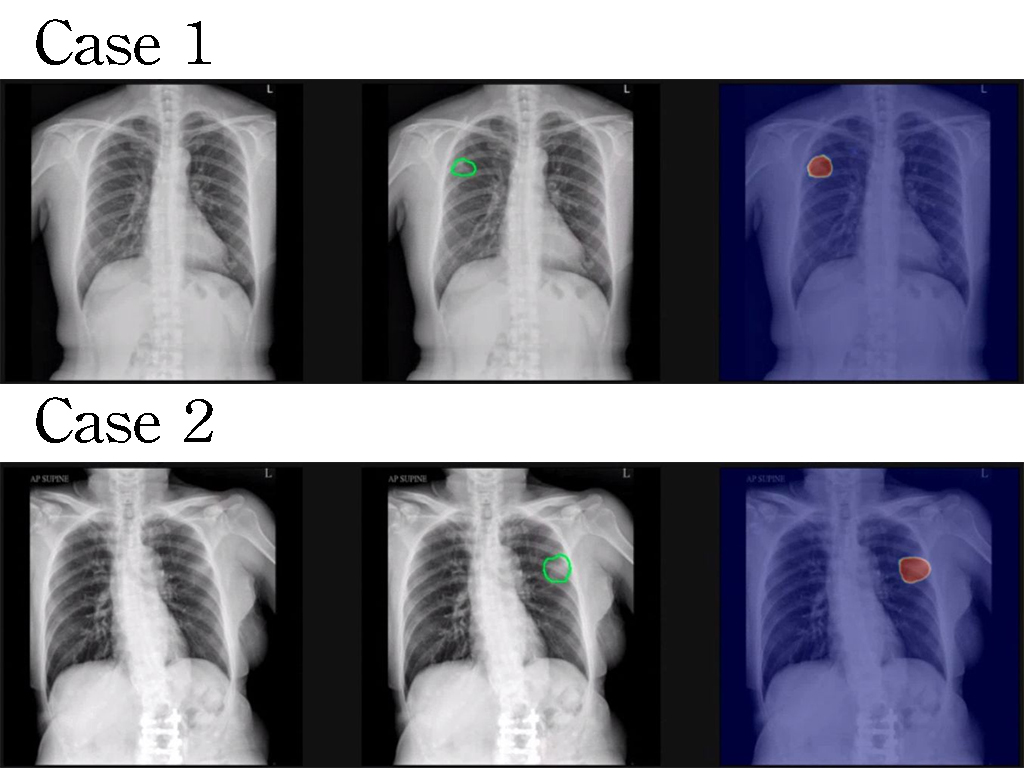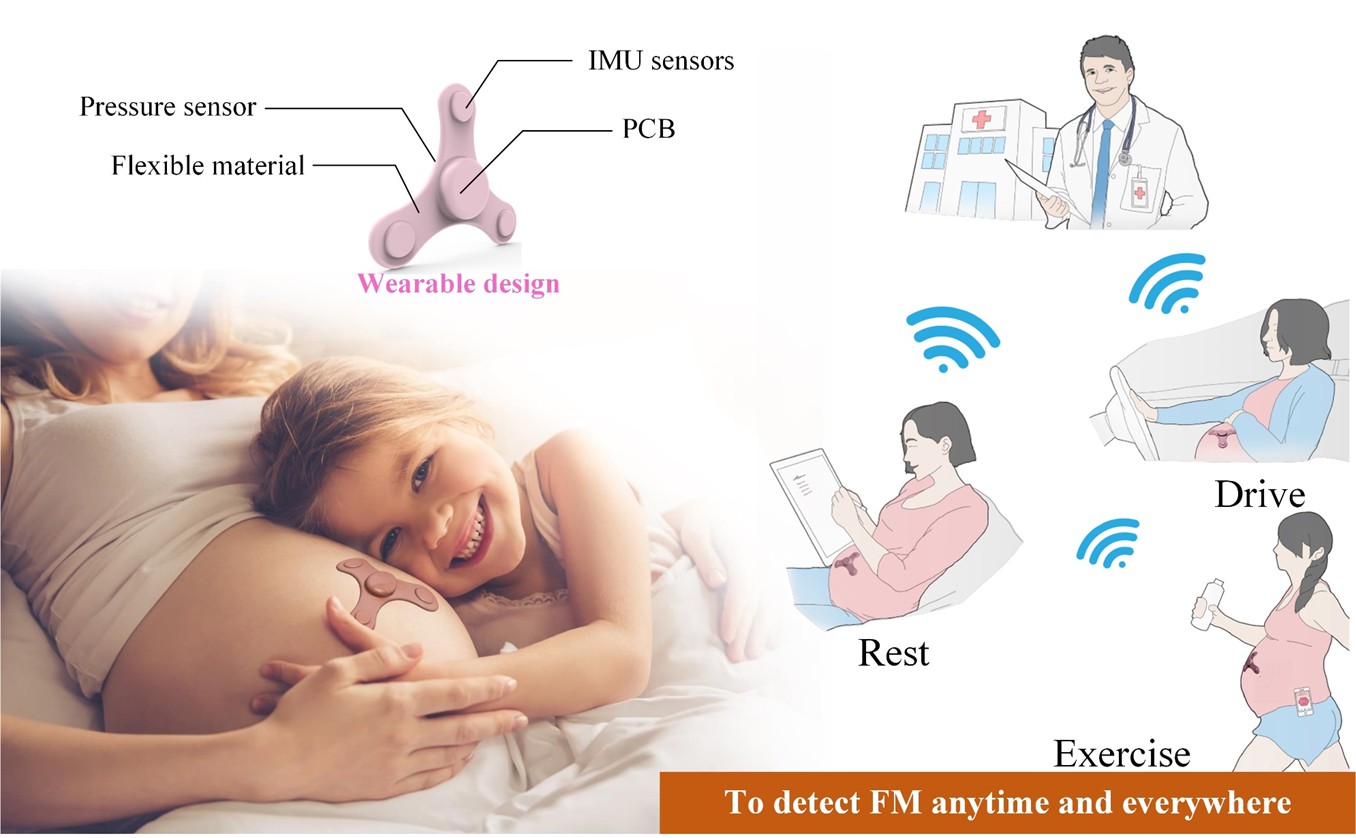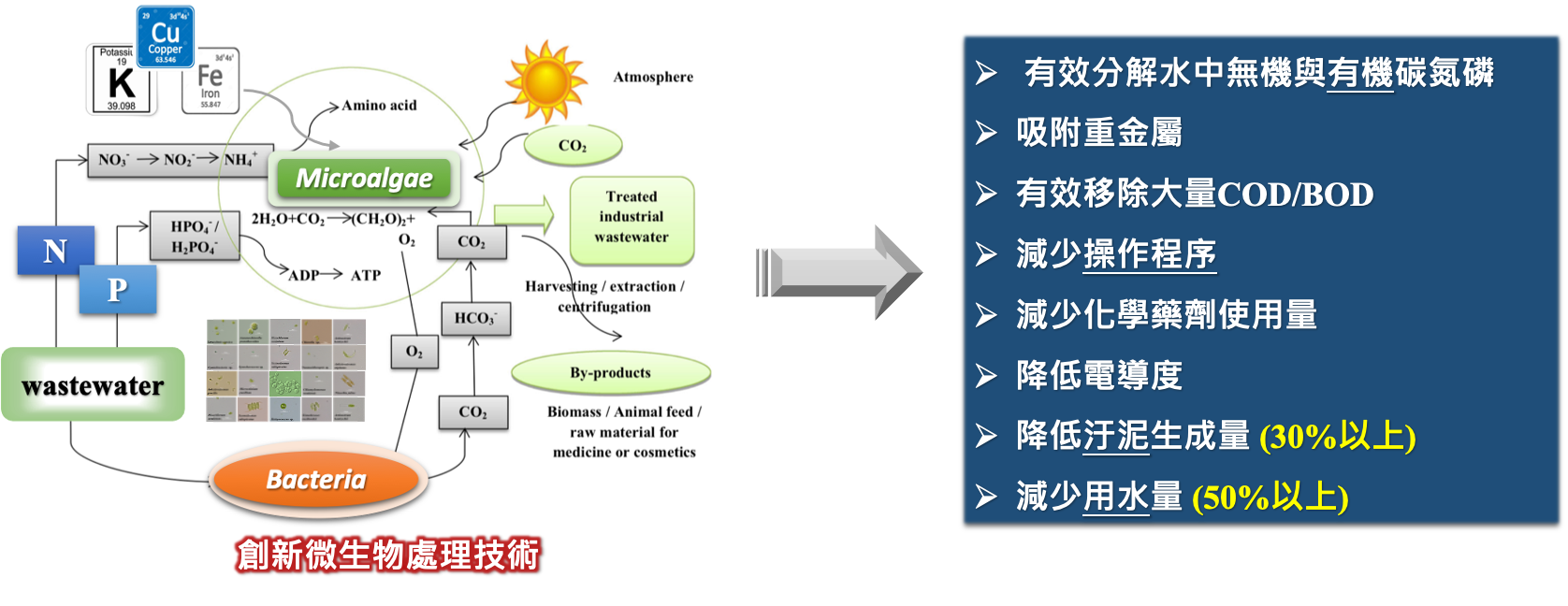| Summary |
In order to replace humans so as to ensure safety in highly hazardous environments, such as COVID-19 testing sites, a dual-arm humanoid robot has been developed by our NTHU team. This humanoid robot with 7-axis robotic arm, vision system, IMUtouch sensors intelligence is able to imitate human actions intelligently. There are several technologies that were developed for this humanoid robot: robotic arm joints which correspond to human arm joints, a novel multiple-object tracking technology which can distinguish individual occluded objects,a real-time eye-hand calibration technology.
|
| Scientific Breakthrough |
A humanoid robot with intelligence could be able to learn how to imitate human actions from data. In this robot, AI can be used to learn human techniques with data obtained from wearable devices, which have been previously attached to a human body to capture motion information. An IMU, touch sensors, anthropomorphic robotic hand, vision system, 7-axis robotic arm,AI are integrated into the humanoid robot. With these technologies, this robot has a high degree of scalabilitycan be used to rapidly replace people working in many dangerous scenarios.
|
| Industrial Applicability |
"The humanoid robot can be mainly utilized in three cases: 1. high-risk locations 2. factories 3. the military.
The robot can assist professionals with high-risk tasks by reducing personnel contact with highly infectious viruses, such as COVID-19. In the case of factories, AI can be used to learn human techniques from data obtained from wearable devices attached to human bodies. In the military, this humanoid robot also can be combined with an AGV (Automated Guided Vehicle) to assist soldiers in various garrisonreconnaissance missions."
|

